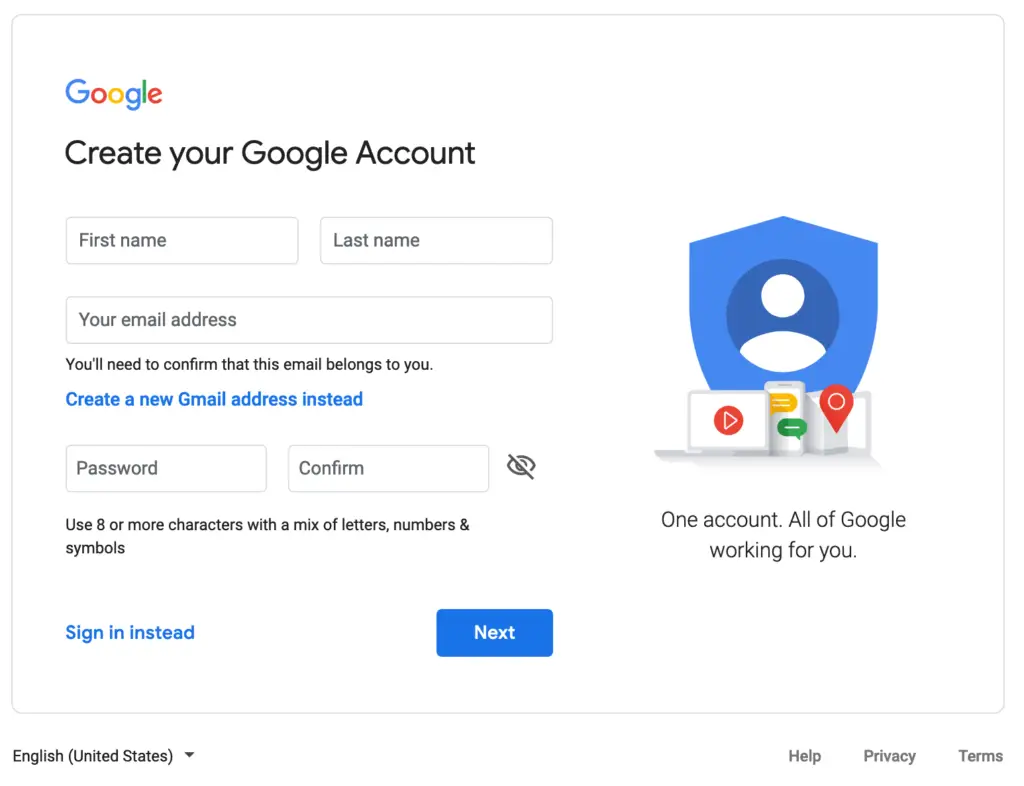Google has announced that it will begin the deletion of personal accounts that have been inactive for more than two years. This policy applies to the entire Google product suite, including popular services like Gmail, Docs, Drive, Meet, Calendar, YouTube, and Google Photos.
An inactive account is one that has not had any sign-ins or usage across Google’s suite of products for the past two years. Logging into a Google account via a web browser, using a Google app on a mobile device, or syncing data with a Google account are all examples of this criterion.
Google will notify account holders who fall under the scope of this policy via email and in-product messages. A three-month grace period will be provided, allowing users to sign in and reactivate their dormant accounts. Failure to reactivate within this frame will result in the account’s permanent deletion, along with all associated data.

The motivation for this policy shift is twofold: Google wants to optimize storage space while also improving the overall security of its products. Google can effectively reduce the volume of stored data by purging inactive accounts, thereby strengthening the security posture for its active user base.
The official Google website has more information on Google’s Inactive Account Policy. Users who have questions about the policy are encouraged to contact Google Support. Given the estimated billions of inactive Google accounts worldwide, the mass deletion of inactive accounts is expected to have a significant impact. This action may jeopardize critical data, such as emails, photos, and documents.
Google is actively engaging with users to mitigate potential disruptions. The company is sending out notifications to inactive account holders, giving them a three-month window to reactivate their accounts. Collaborations with organizations are also in the works to identify and protect critical data from inactive accounts.
Despite these efforts, the deletion of inactive accounts continues to be a disruptive event for some users. Users should be aware of the policy and take proactive steps to reactivate their accounts if they want to protect their data. Overall, Google’s decision to delete inactive accounts is a significant policy shift. In the face of this significant change, user awareness and proactive steps for account reactivation are critical to data preservation.







